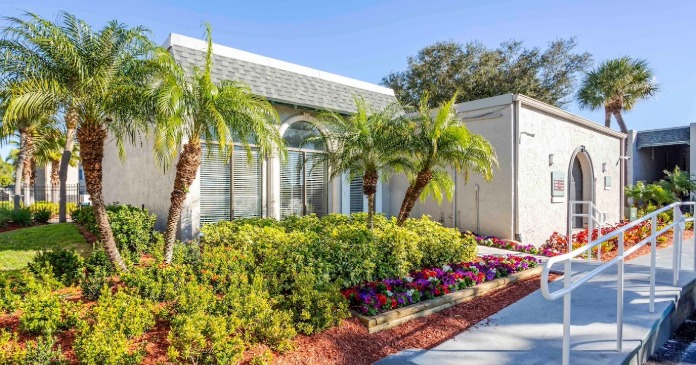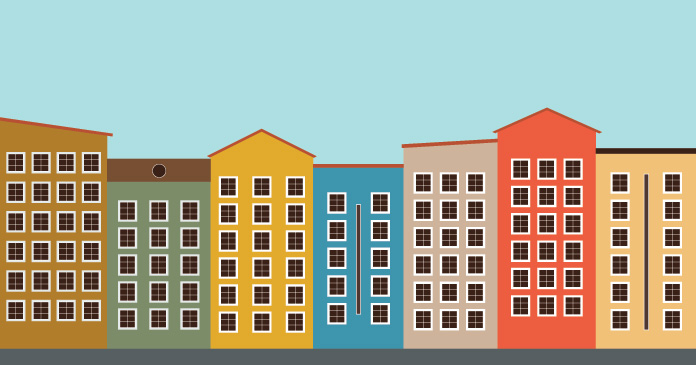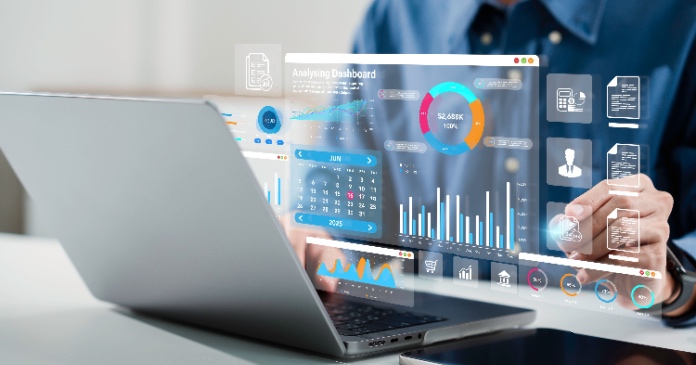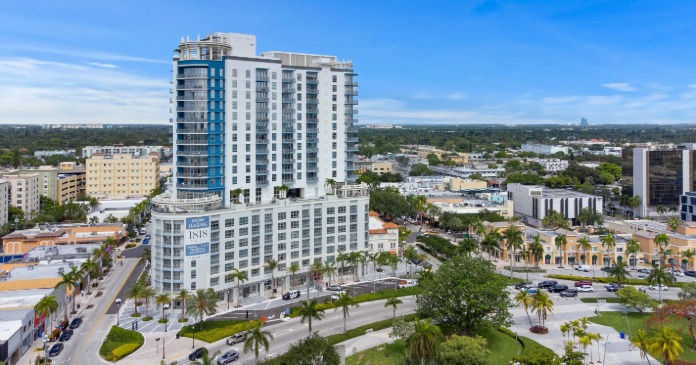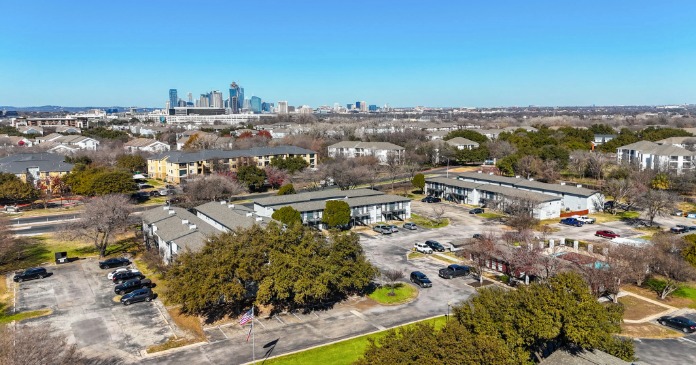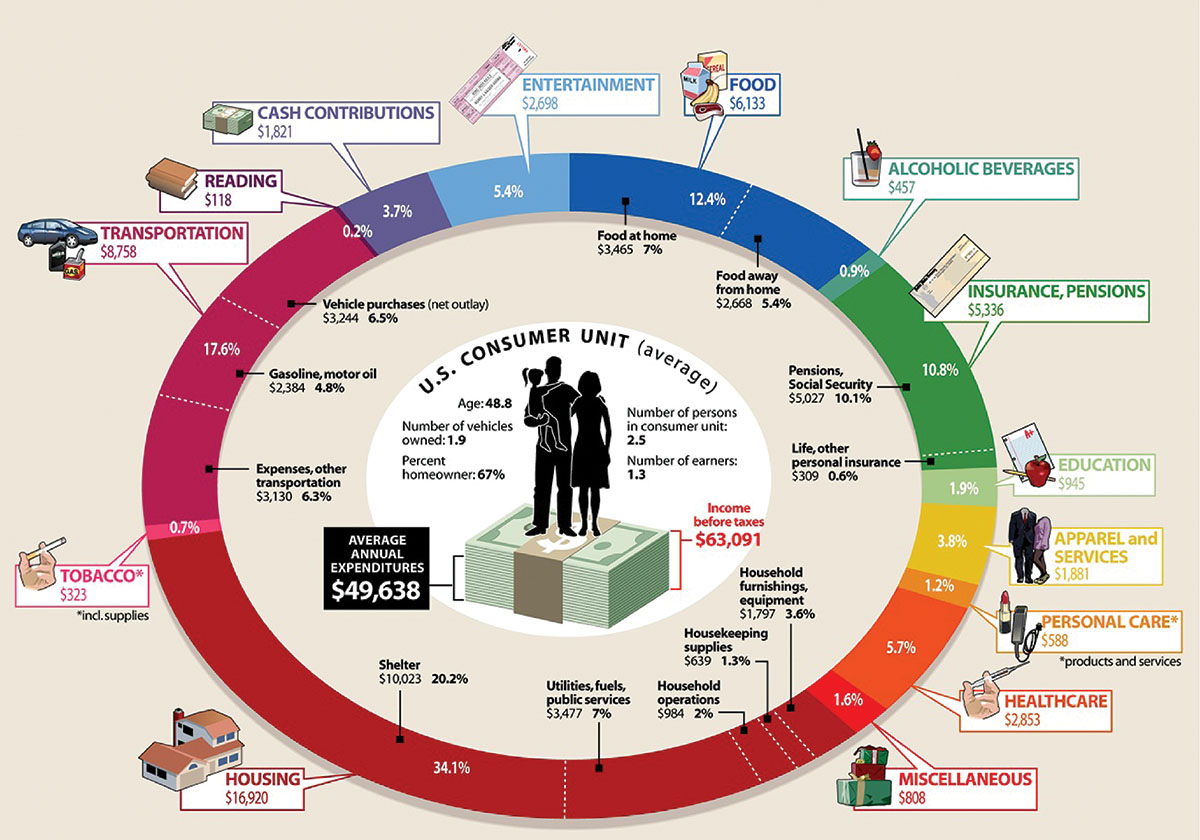
The current circumstances might be better described as the new abnormal, in which no one knows anything. In June the Conference Board Consumer Confidence Index fell 9 points on the heels of an 11 percent drop in the S&P 500 the month before. New housing starts were as bad as they had been in eight months. Meanwhile, the unemployment rate still hovers near double digits. That’s 14.6 million Americans out of work. Federal Reserve Chairman Ben Bernanke only added to the anxiety with a July 21 declaration that the economic outlook is “unusually uncertain.”
So who are all those people at the mall? It’s easy to forget that a 9.5 percent unemployment rate means that roughly 9 out of 10 Americans in the workforce are still employed. “Some consumers are probably liquidity-constrained,” says Kenneth Rogoff, Harvard University professor and former chief economist at the International Monetary Fund. These are “the ones who are probably not the ones buying iPads. But 90 percent of Americans do have a job, and maybe 70 percent are confident about them. And maybe half of those have liquidity.”
The new abnormal has given rise to a nation of schizophrenic consumers. They splurge on high-end discretionary items and cut back on brand-name toothpaste and shampoo. Companies like Apple, whose net income jumped 94 percent in its last quarter, and Starbucks, which is enjoying a 61 percent increase in operating income over the same time frame, are thriving. Mercedes-Benz is having a record sales year; deliveries of new vehicles in the U.S. rose 25 percent in the first six months of 2010. Lexus and BMW were also up. Though luxury-goods manufacturers like Hermes and Burberry are looking primarily to Asia for growth, their recent earnings reports suggest stabilization and even modest improvement in the U.S. “Last September, retail started to recover on a very narrow basis,” says Michael Niemira, chief economist for the International Council of Shopping Centers. “Most of the industry was really weak. It wasn’t until the end of the year that you saw any momentum. It was all dollar stores and luxury. You have this bifurcated market. This year, it started to move to the middle a little. Now it’s kind of moved back to the edges.”
Of course, some of this is a reminder that the rich have been largely shielded from the recession’s ravages. Aspirational middle-class consumers say they are also yearning to get their hands on the same high-end merchandise, just as they did in better times.
In such an environment, optimism about the economic future ebbs and flows constantly, with far-reaching consequences for a nation in which consumer spending accounts for 70 percent of the gross national product. The financial press, you may have noticed, is obsessed with consumer confidence. The collective hope is that at some point it will start trending steadily upward, signaling that the recession is finally over. And that’s exactly what seemed to be happening earlier this year. The stock market had rebounded. Consumer confidence was on the upswing. It looked like the economy took on aspects of normal behavior—and then it all fell apart. In June the stock market gave back 4 percent of its value.
On July 27 the Conference Board reported that confidence was at a five-month low, which it blamed on job insecurity. Lynn Franco, director of the board’s consumer research center, served up an appropriately grim metaphor in a statement: “Concerns about the labor market are casting a dark cloud over consumers that is not likely to lift until the job market improves.”
Not everybody’s consumer diagnosis is the same, though. Shortly before the Conference Board released its finding, Consumer Reports, the venerable 74-year-old magazine, unveiled the results of its monthly telephone survey about economic issues. It found that consumers had ramped up their retail spending by an average of $40. Though major purchases like cars remained unlikely (Mercedes drivers must be hard to reach in phone surveys), Americans were planning to spend more on appliances and electronics.
Ed Farrell, a director of the Consumer Reports National Research Center, says: “We just focus on what’s happening this month. We don’t ask people want they think the business climate is going to be like in a year. If these people could tell us that, we’d all be very well off.”
American Express released the results of its consumer survey on July 13, showing more willingness to spend, dampened somewhat by guilt and despair on the part of some of these same respondents. The credit-card company found that 51 percent of consumers had fallen behind on their annual savings plan, in part because they were either making impulse purchases or simply spending beyond their means. There it is: gloom, muted optimism, and wild abandon.
Yet what if these things aren’t exclusive in the new abnormal? Frank Veneroso, an investment strategy adviser in Portsmouth, N.H., closely follows the nation’s saving rate. It was his opinion that high debt levels and economic fears would force Americans to rein in their spending and increase their savings. In the early part of the recession, that’s precisely what happened. Then it stopped happening. Veneroso theorizes that the nation’s wealthier citizens were so relieved when the stock market rallied last year after the financial crisis that they went on a “celebratory spending spree.” He believes that recent market turmoil will put a stop to those good vibes and that savings will start to inch back up.
Except market rallies are not the only thing that emboldens consumers. Market dips can also loosen up purse strings, says Dan Ariely, a professor of behavioral economics at Duke University and author of Predictably Irrational: The Hidden Forces that Shape Our Decisions. When people get freaked out by market gyrations, Ariely says, they see the advantage of shopping over putting money into a mutual fund that might tank. “If they lose money by spending it on something,” says Ariely, “at least they have something to show for it.”
The point is that, for consumers looking for a reason, ups and downs can both provide a justification for spending.
One way of understanding Apple’s recent success—the company announced “all-time record” revenues of $15.7 billion for its quarter ending on June 26—is that the iPad is perfectly positioned as a compromise product for people who crave the kick of a new Apple gadget but don’t want to spring for a Mac. “I was talking to someone recently who said to me, ‘I bought the iPad because I can’t afford a new iMac,'” says Carla Serrano, chief strategist for TBWA/Chiat/Day, Apple’s advertising agency. “O.K., fine. But the iPad does hardly anything that an iMac can do.” She believes that the recession is making people think they need to come up with what she describes as “post-rational” justifications for their extravagant purchases.
The performance of Starbucks suggests that everyday luxuries have also not been wiped out. On July 21 the coffee chain announced a “record” quarter with same-store sales growth of 9 percent—the biggest increase since the second quarter of 2006, the peak of the old normal.
Mass marketers have a tougher time seducing consumers with psychological value. Burt Flickinger, a retail consultant based in New York, says Procter & Gamble is struggling to keep people from abandoning its Ivory soap and Crest toothpaste for generic brands. The irony is that it is often the same people juggling iPhones and venti lattes who are open to switching to off-brand laundry detergents. According to Flickinger, better-educated shoppers understand how little difference there is in quality on many household items.
They may also be sneaking into discount retailers for these deals.
Ran Kivetz, a professor of marketing at Columbia Business School, has done extensive research on consumer psychology. He argues that consumers’ brains lack a line that separates spending from saving. Instead we practice a certain amount of thrift so that we can justify blowing a large sum frivolously.
Kivetz says the recent downturn has made consumer thinking even more conflicted. In the short run we feel good when we save. In the long run we tend to regret the denial of a spending outlet. “We feel guilty” about spending, Kivetz says, which can lead to more irrational purchasing.
And that, says Kivetz, is exactly what’s happening now. Consumers were quick to reduce spending when the recession arrived. Then the recession lasted longer than expected, and the new abnormal set in. The economy started to improve. Then it appeared to worsen. Kivetz says there is only so long we can suppress our need to spend. “It’s just been a slow walk out of the woods,” he sighs, “and it’s so complicated. The things going on in Europe are frightening. There are problems with China, with our government debt, and bank debt. At the end of the day, people are saying, ‘There is still risk. I gotta cut back.’ But this is not a typical one-year recession. Life has to have some normalcy. I have to have some luxuries.”
Author: Devin Leonard, Bloomberg


